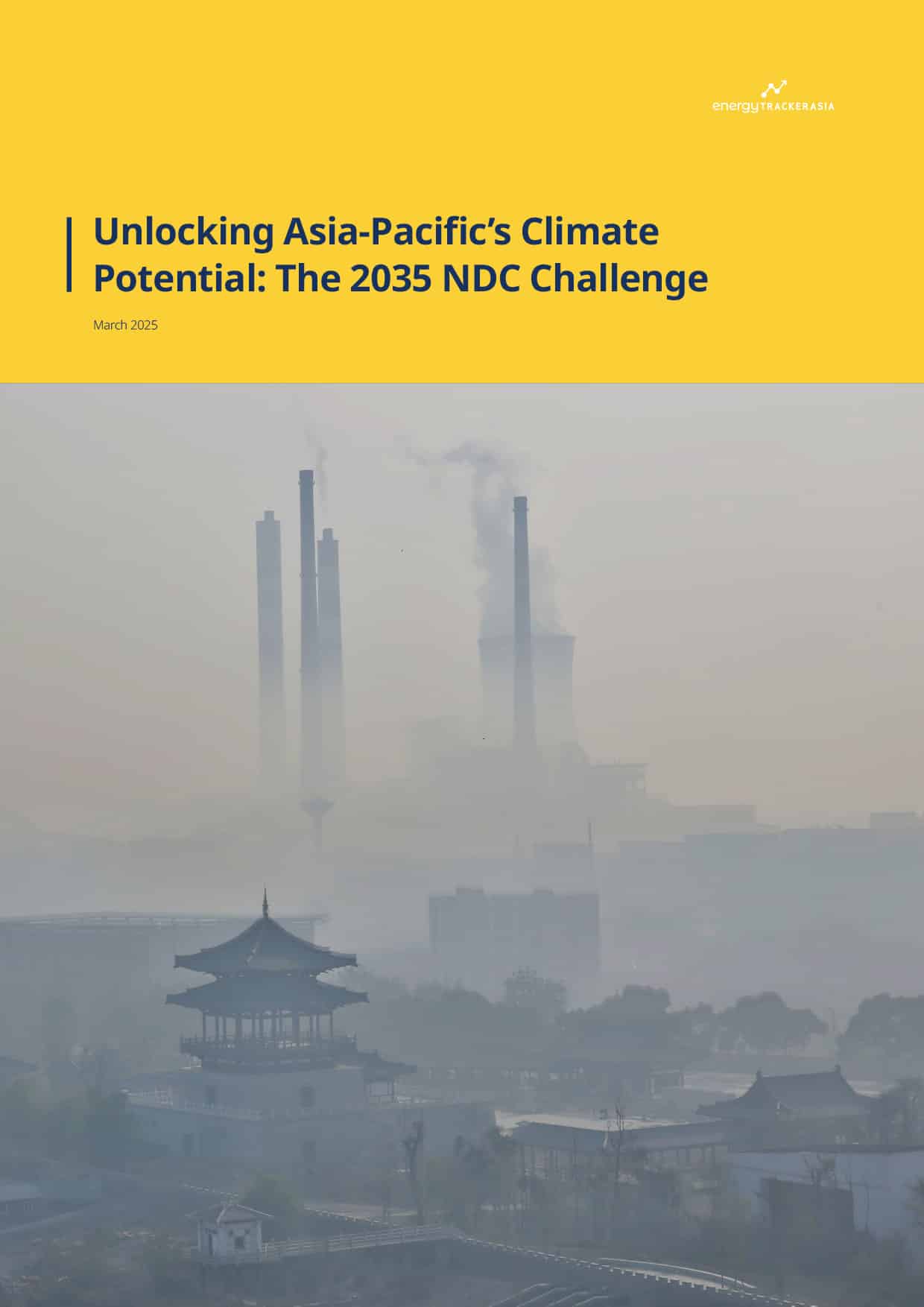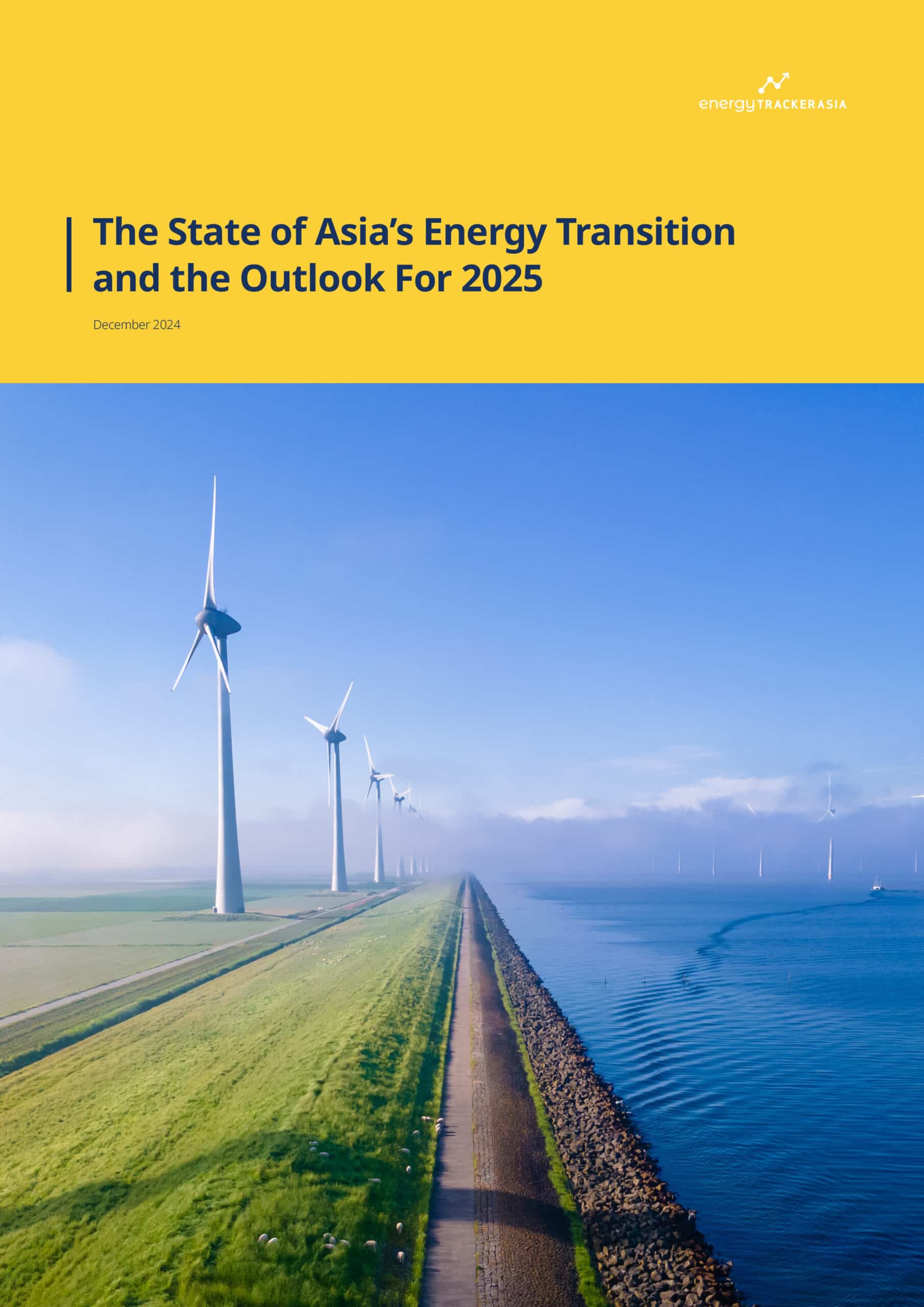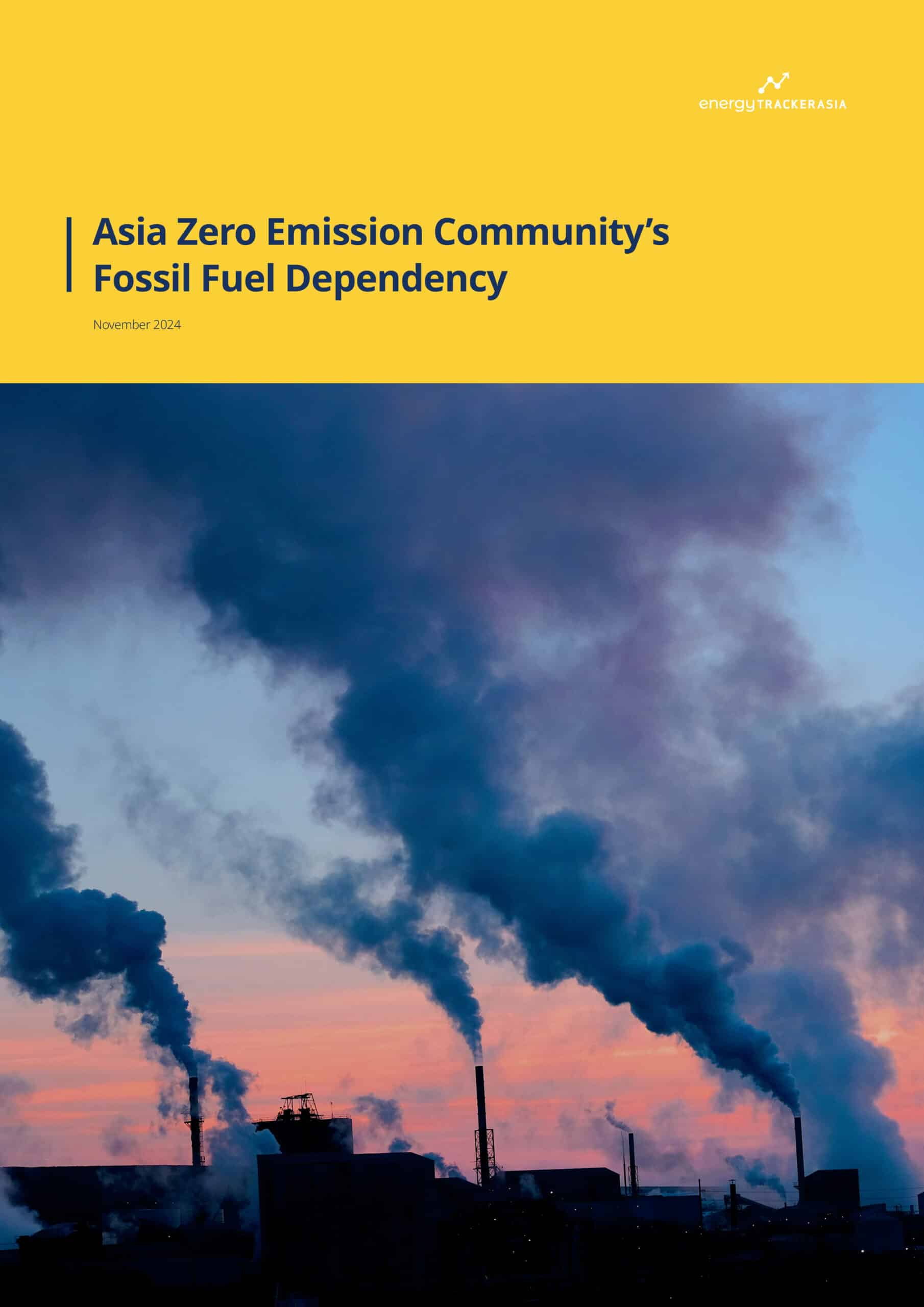Why Smog in Pakistan Is Worse Than Ever in 2025
Photo: Shutterstock / Murtaza.Ali
21 November 2025 – by Heba Hashem
Smog in Pakistan has evolved from a seasonal nuisance into a year-round public health emergency. With each passing year, the thick haze grows heavier, the skies duller and the air more toxic — significantly diminishing the quality of life for millions.
Since 1998, pollution in Pakistan has increased by 56%, with the last decade alone witnessing a 15% rise, according to the University of Chicago’s Air Quality Life Index (AQLI).
How Bad Is Smog in Pakistan in 2025?
With a population exceeding 255 million, Pakistan has become the third most polluted country in the world, according to Swiss group IQAir. In 2024, its average PM2.5 concentration stood at 73.7 µg/m³ (micrograms per square metre) — nearly 15 times higher than the World Health Organization (WHO) guideline of 5 µg/m³.
Pollution Levels of Major Cities of Pakistan
Major urban centres like Islamabad, Faisalabad, Rawalpindi, Lahore and Peshawar saw spikes in PM2.5 levels in 2024, while 12 cities recorded concentrations over 50.0 µg/m³ — 10 times the safe limit, according to the World Air Quality Report 2024.
PM2.5, a fine particulate matter, can seep deep into the lungs and bloodstream, triggering cardiovascular, respiratory and pulmonary diseases, many of which, like asthma and chronic obstructive pulmonary disease, can be fatal.
Where Does The Smog in Pakistan Come From?
The roots of Pakistan’s smog problem are both structural and seasonal. Industrial emissions, vehicular exhausts, unregulated brick kilns, agricultural residue burning and unchecked urbanisation all contribute to deteriorating air quality.
Each winter, from late October to February, pollution in Pakistan intensifies due to widespread stubble burning after rice harvests, which releases PM2.5, nitrogen oxides (NOx) and ozone precursors. Combined with low winds and temperature inversions that trap pollutants near the ground, these factors create a thick blanket of smog in cities.
Cross-border pollution from India exacerbates the problem, as farmers on both sides of the border engage in post-harvest burning.
However, environmental lawyer Ahmed Rafay Alam notes that this year, floods may have reduced crop residue burning. Alam told Dawn newspaper that agricultural areas across the border with India had their crops washed away completely by the recent floods. As a result, there may be less crop residue burning this season, Alam said.
Brick Kilns: The Hidden Smoke Stacks Worsening Air Quality
Brick kilns remain one of Pakistan’s most unregulated yet pervasive sources of pollution. Fueled by low-quality materials like coal, tyres and sawdust, most of the country’s 20,000 brick kilns emit a toxic mix of particulate matter, sulphur dioxide, nitrogen oxides and carbon monoxide.
A potential solution is to combine eco-friendly zig-zag kiln technology with sustainable coal and biomass briquettes as fuel for brick kilns, a study in the Kuwait Journal of Science recommended. “This integrated approach will demonstrate better performance in reducing pollutant emissions and minimising ambient air quality impacts compared to conventional fixed chimney kilns,” the study noted.
Authorities have begun cracking down. The Environmental Protection Department fined 25 brick kilns and 56 industrial units PKR 800,000 (USD 2,830) in October of this year for environmental violations. In Islamabad, officials have set an Oct. 20, 2025, deadline for kiln owners to adopt zigzag technology or face demolition — part of a broader national anti-smog initiative.
Vehicular Emissions: Pakistan’s Largest Source of Air Pollution
Vehicles are the single biggest contributor to the country’s urban air pollution, according to WWF Pakistan.
“Pakistan continues to rely heavily on low-grade Euro II fuel, far below the Euro V standards adopted globally,” the organisation noted.
The issue is compounded by poorly maintained buses, trucks and tractors. In Lahore, Dr. Ajaz Anwar of the Lahore Conservation Society points out that the lack of public transport has led to an influx of motorcycles and rickshaws that emit smoke and pollute the air.
Punjab’s new vehicle emissions testing system aims to tackle this, though it currently covers only four-wheeled vehicles — leaving out motorcycles and rickshaws, which make up the majority. The province has 20 million motorcycles and 5 million cars, with Lahore alone accounting for more than a quarter of these.
By 2023, Pakistan’s transport sector CO₂ emissions reached 43.3 million tonnes, representing 22% of the country’s total.
Lahore: The World’s Third-most Polluted City
Lahore, once called the “City of Gardens,” now bears the burden of being the world’s third-most polluted city.
“Around 70% of toxic pollution in Lahore comes from transport emissions,” said Justice of Lahore High Court (LHC) Shahid Karim, as reported by The Express Tribune.
Lahore’s Air Quality Index
On Nov. 6, 2024, Lahore’s Air Quality Index (AQI) reached an alarming 1,165 — over 120 times the WHO-recommended safe level. Hospitals were overwhelmed, treating around 70,000 patients daily for respiratory illnesses.
While air quality has slightly improved in 2025, it remains hazardous. On Nov. 3, 2025, Lahore’s AQI was 320, with PM2.5 levels at 235 µg/m³ — still far beyond the WHO’s 5 µg/m³ guideline.
Toxic Smog in Lahore: A City Under Siege
Lahore’s residents describe their city as “unliveable” and a place where “your eyes water all the time.” The loss of greenery, rapid construction, crop burning and poor public transport have all deepened the crisis.
Authorities have responded the thick smog in Lahore with emergency anti-smog measures — mandating early business closures, reduced school hours and temporary lockdowns to curb emissions. But for many, the damage to health and daily life has already been done.
Public Health Issues: The Human Cost of Smog
Smog’s human health toll is staggering. A study published in 2025 showed that exposure to toxic smog is linked to respiratory illnesses, cardiovascular problems and reduced lung function in urban Pakistan.
According to the AQLI, air pollution has reduced Pakistan’s average life expectancy by 3.3 years, and all 248.8 million citizens live in areas exceeding WHO safety limits.
Fair Finance Pakistan estimates that air pollution causes 128,000 deaths annually. In January 2024, more than 240 children in Punjab died of pneumonia linked to air pollution.
Additionally, a 2024 public survey found that nearly 70% of Pakistanis experience health issues due to heavy smog, particularly coughing and breathing difficulties.
What Are Authorities Doing To Improve Air Quality in Pakistan?
Pakistan’s government has introduced a series of policy and technological initiatives to tackle air pollution.
In March 2023, the country’s government approved the Clean Air Policy, a landmark framework designed to set national ambient air quality targets and outline priority actions across key pollution-emitting sectors — including transport, industry, agriculture, waste and households.
According to government projections, full implementation of these measures could cut PM2.5 emissions by 36.4% by 2030 and by more than 80% by 2050, marking a transformative shift toward cleaner air and a healthier future for Pakistan’s population.
At the local level, civic authorities are promoting reforestation. Under the “Lungs of Lahore” project, 350,000 trees have already been planted, with an eventual goal of 4.8 million trees forming a 112-km green belt around the city.
Punjab has also launched anti-smog cannon operations, using 15 truck-mounted mist sprayers to settle dust and pollutants — reportedly reducing air pollution in Lahore by up to 70% in the days following the initiative.
Clearing the Air for Pakistan’s Future
Pakistan’s struggle with smog is a defining environmental challenge of its time.
From industrial pollution to unchecked vehicular emissions, the crisis is rooted in decades of neglect and underinvestment in clean technologies. While recent actions — like new regulations, tree-planting drives and clean air initiatives — offer hope, they remain insufficient without systemic reform.
To ensure a healthier future, the country must transition from reactive emergency measures to a long-term vision that prioritises sustainable development, clean energy and public health. The use of fossil fuels must be reduced to combat climate change. Only then can Pakistan hope to reclaim its blue skies.





